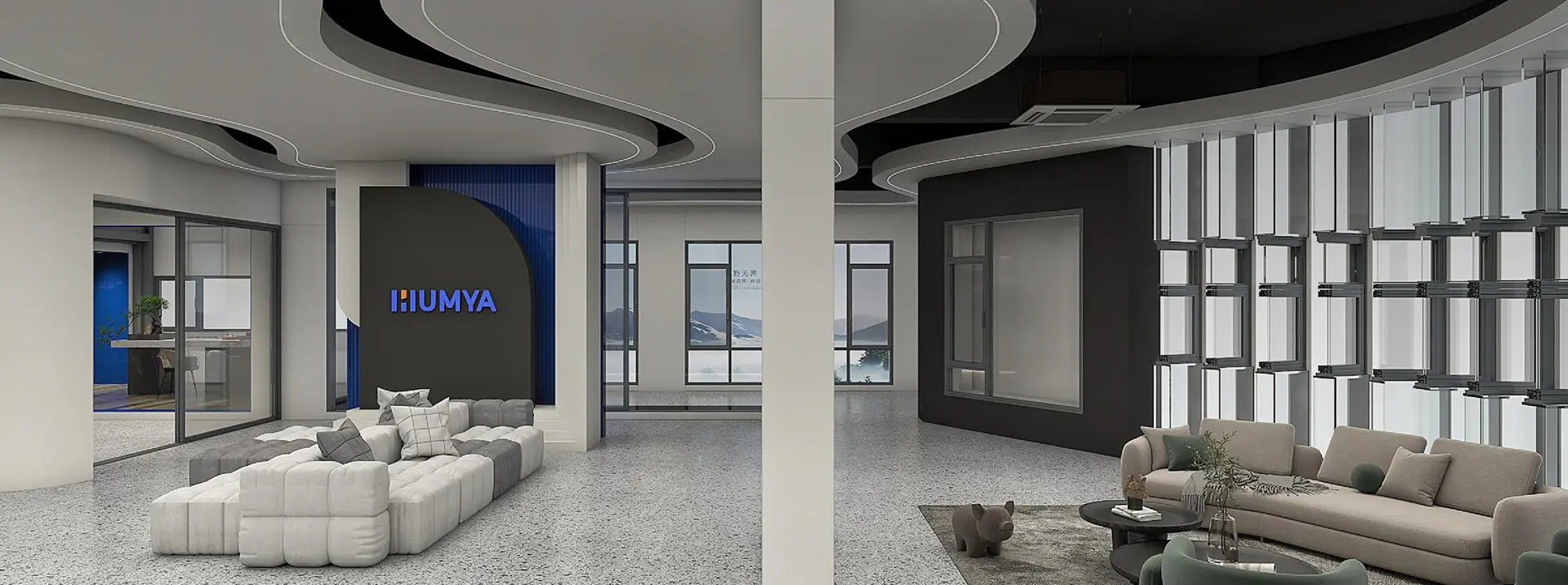
Understanding the Common Issues Faced with the Best Glass Sliding Doors in Modern Architecture
In the realm of modern architecture, the use of Glass Sliding Doors has become increasingly popular, offering both functionality and aesthetic appeal. However, selecting the right door can pose various challenges for architects and homeowners alike. From ensuring proper measurements to understanding materials and hardware, myriad issues can arise that might hinder the seamless integration of these elegant features into residential and commercial spaces. This blog will delve into the common problems faced when choosing the best Glass Sliding Doors, providing insights into how to find high-quality suppliers who can meet your specific needs.
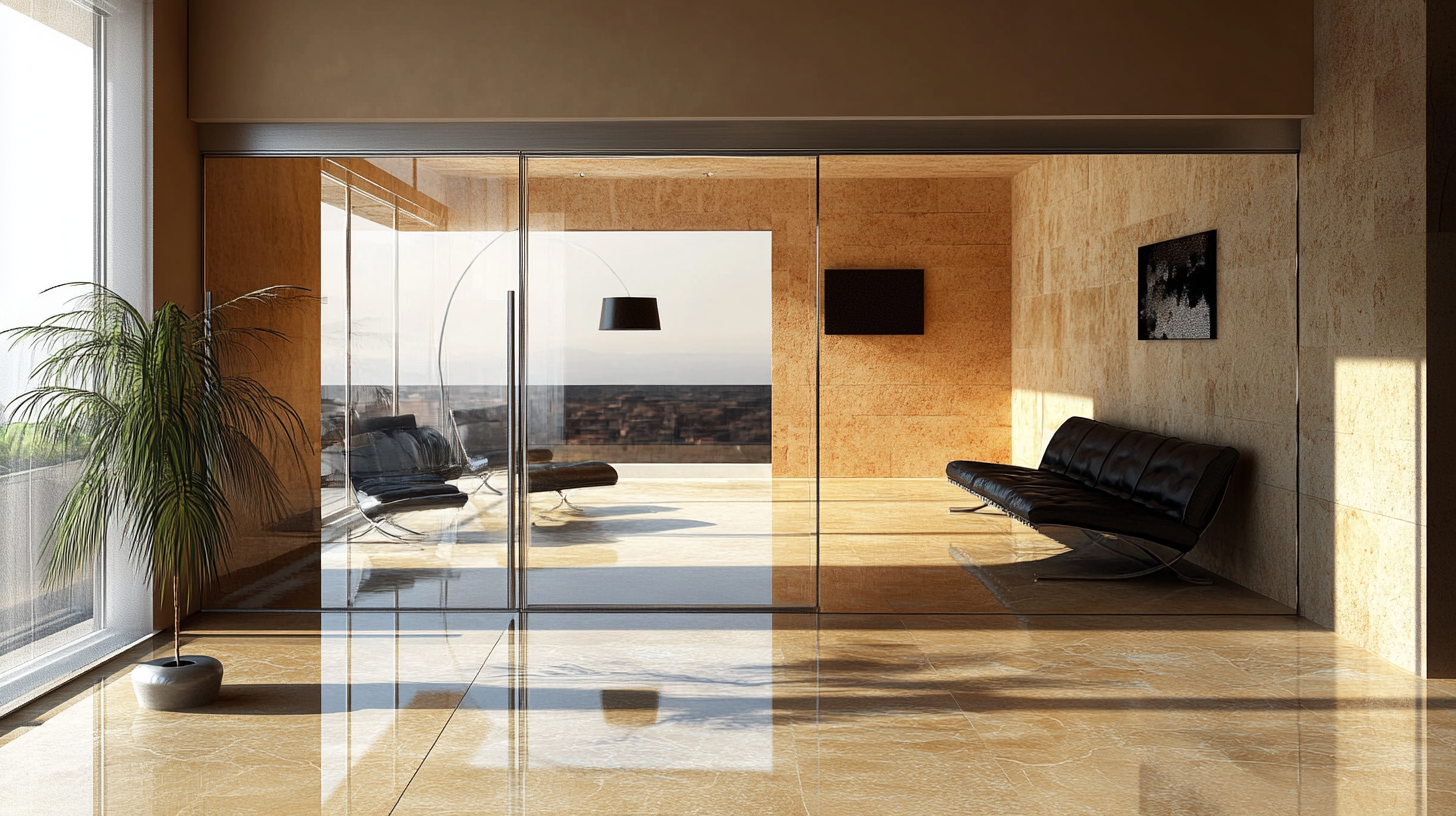
Additionally, we will explore top strategies to address these challenges, ensuring that your investment enhances the overall design and durability of your spaces. Join us as we unpack the critical considerations and expert tips for navigating the complexities of selecting the ideal Glass Sliding Door for modern living.
Common Aesthetic Challenges with Glass Sliding Doors in Home Design
Glass sliding doors have become a staple in modern architecture, offering a blend of aesthetics and functionality. However, integrating these sleek features into home design can present several visual challenges. One common issue is the struggle to maintain a cohesive design theme, especially in homes with traditional or rustic elements. The contemporary look of glass doors can feel jarring against more classic materials and styles, making it essential for homeowners to carefully consider how these doors fit into the overall design narrative.
Another aesthetic challenge involves the framing and location of glass sliding doors. While frameless designs may be desirable for their minimalist appeal, they can also lead to practical issues like decreased privacy and distractions from the outside environment. Proper placement is key; for instance, sliding doors should ideally open to scenic views or gardens, enhancing the connection between indoor and outdoor spaces. Additionally, the choice of hardware and framing can either elevate the look of the doors or detract from it, requiring thoughtful selection to enhance the visual harmony of the home. Balancing transparency with style is critical to achieving a design that feels thoughtful and intentional.
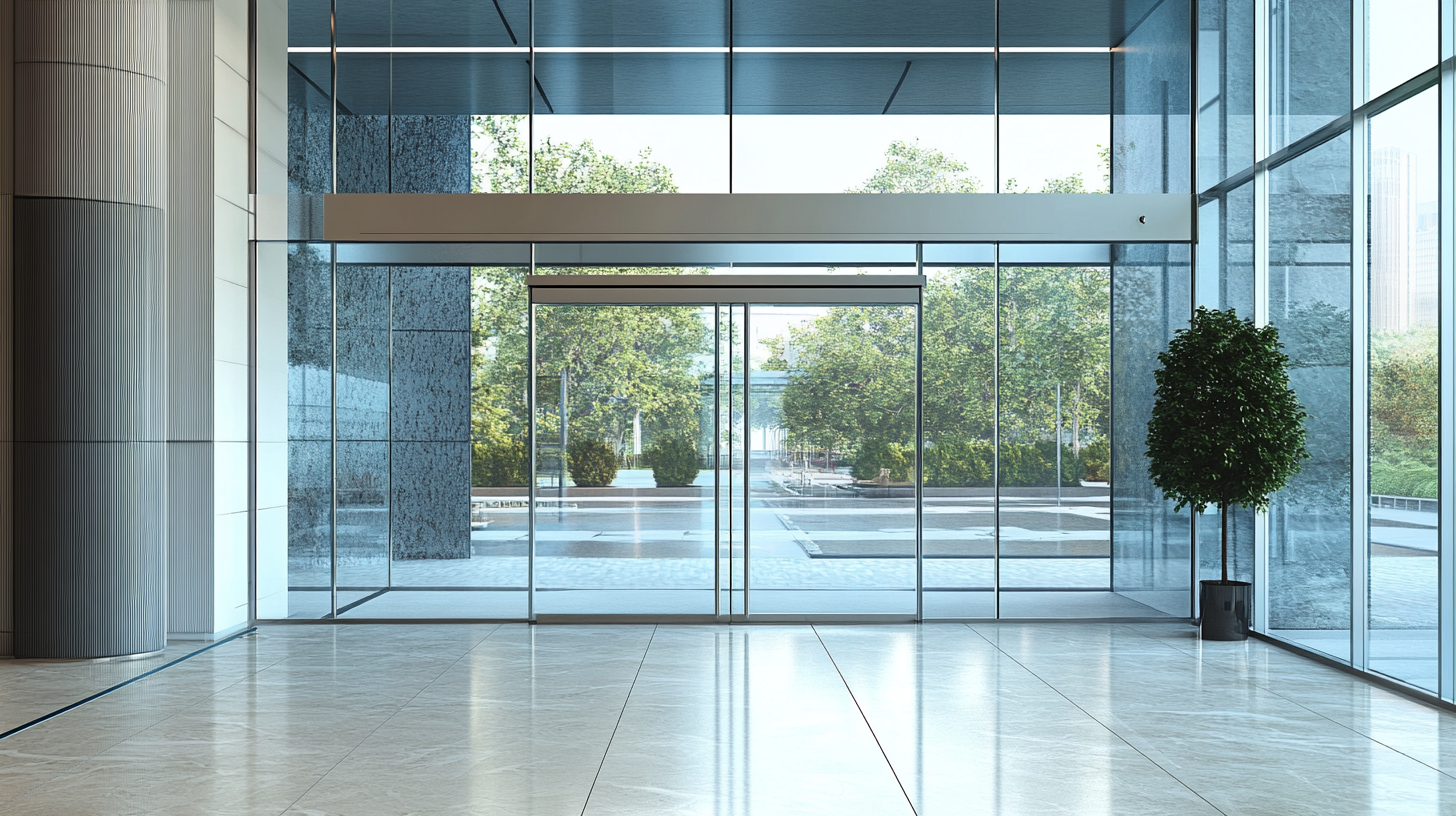
Structural Integrity: Addressing Concerns with Heavily Used Glass Sliding Doors
When integrating glass sliding doors into modern architectural designs, structural integrity is a paramount concern, especially in areas with high foot traffic. These elements not only serve the aesthetic purpose of blending indoor and outdoor spaces but must also withstand the rigors of daily use. The appropriate materials and engineering practices must be employed to ensure that these doors remain functional and safe over time.
Heavily used glass sliding doors can encounter a variety of structural challenges. Issues such as misalignment, wear and tear on the tracks, and the potential for breakage under stress are significant considerations. It is crucial to choose high-quality glass, reinforced frames, and reliable hardware to mitigate these problems. Regular maintenance and inspections can also play a vital role in preserving the integrity of the installation. By addressing these concerns comprehensively, architects and homeowners can enhance the longevity and performance of glass sliding doors, ensuring that they remain a beautiful and practical feature in modern structures.
Structural Integrity Concerns with Glass Sliding Doors
Energy Efficiency Issues: Balancing Natural Light and Insulation in Modern Spaces
Glass sliding doors have become a prominent feature in modern architecture, yet they often present unique energy efficiency challenges. While these doors invite ample natural light into living spaces, they can also lead to significant heat loss in winter and excessive heat gain in summer. This duality poses a dilemma: how can architects and homeowners enjoy the sunlight and open views without sacrificing indoor climate comfort?
To address this issue, various solutions are emerging in the design and selection of glass sliding doors. Advanced glazing technologies, like low-emissivity (low-E) coatings, help to minimize heat transfer while still allowing abundant sunlight. Additionally, well-designed frames and proper installation techniques can enhance insulation and prevent drafts. Incorporating exterior shading devices and strategically placing sliding doors can further optimize energy efficiency, balancing the need for natural light with effective thermal management. By prioritizing these elements, modern spaces can thrive amidst the contemporary challenges of energy efficiency.
The Impact of Weather and Climate on Glass Sliding Door Performance
In modern architecture, glass sliding doors have become a popular choice for both aesthetics and functionality. However, their performance can significantly be influenced by weather and climate conditions. According to a report by the Glass Association of North America, approximately 30% of residential doors face issues related to thermal performance during extreme weather conditions. High winds, heavy rain, and temperature fluctuations can lead to warping, leaks, and decreased energy efficiency, which can ultimately affect the overall comfort of a space.
Furthermore, a study by the National Fenestration Rating Council indicates that glass sliding doors can lose up to 15% of their energy efficiency during severe weather events. This statistic highlights the importance of selecting high-quality materials and construction methods to ensure optimal performance. For instance, high-performance Low-E (low-emissivity) glass can provide better insulation and minimize heat transfer, making it a valuable consideration for homeowners in varying climates. Ultimately, understanding the interplay between weather conditions and the functionality of glass sliding doors is crucial for architects and builders aiming to create durable and energy-efficient modern spaces.
Understanding the Common Issues Faced with the Best Glass Sliding Doors in Modern Architecture - The Impact of Weather and Climate on Glass Sliding Door Performance
| Issue | Impact of Weather | Climate Consideration | Mitigation Strategies |
|---|---|---|---|
| Water Leakage | Heavy rains can lead to inadequate sealing | Areas with high rainfall need robust sealing designs | Regular maintenance and weatherproofing measures |
| Thermal Insulation | Temperature fluctuations can cause condensation | Extreme climates require better insulating glass | Use of double or triple glazing to improve insulation |
| Wind Resistance | High winds may cause structural failure | Areas prone to storms need reinforced designs | Testing and certifying against wind load standards |
| Fading | Sunlight exposure can fade indoor furnishings | UV radiation in sunny climates can exacerbate fading | Using low-E glass to reduce UV penetration |
| Security | Break-ins can occur through fragile glass | Areas with high crime rates need security measures | Installing tempered or laminated glass for enhanced security |
Maintenance and Durability: Keeping Glass Sliding Doors in Optimal Condition
Glass sliding doors are a stunning feature in modern architecture, allowing natural light to flood into spaces while providing seamless access to outdoor areas. However, maintaining their functionality and appearance can be challenging. Regular maintenance is essential to keep glass sliding doors in optimal condition. Dust and dirt can accumulate in the tracks, affecting the smooth operation of the door.
**Tips for Maintenance:** To prevent issues, it's crucial to clean the tracks and rollers regularly with a soft brush and a mild detergent solution. Additionally, inspect the seals for any wear or damage, as this can lead to water infiltration and energy loss.
Durability is another key concern. While glass sliding doors are designed to be robust, the materials and installation play a significant role in their longevity. Exposure to extreme weather conditions can weaken the frame and seals over time.
**Tips for Durability:** Consider opting for doors with a high energy rating and weather-resistant frames. Furthermore, applying protective coatings can enhance their resistance to scratches and environmental stresses, ensuring they remain beautiful and functional for years to come.





 Sliding Door
Sliding Door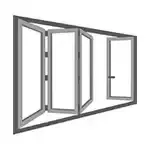 Folding Window
Folding Window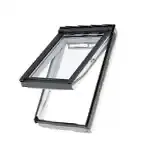 Skylight
Skylight Casement Window
Casement Window Sliding Window
Sliding Window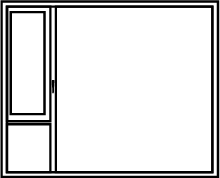 System Window
System Window Tilt and Turn Window
Tilt and Turn Window Sun Room
Sun Room